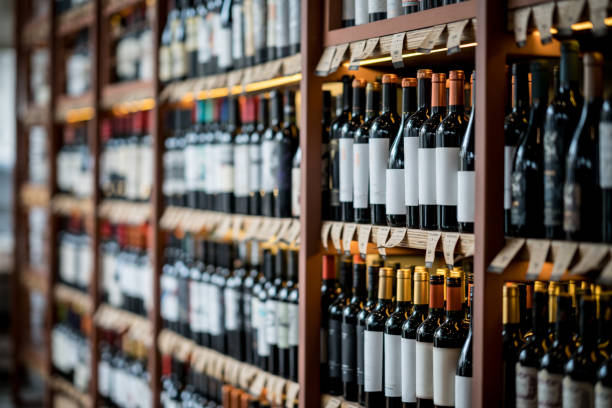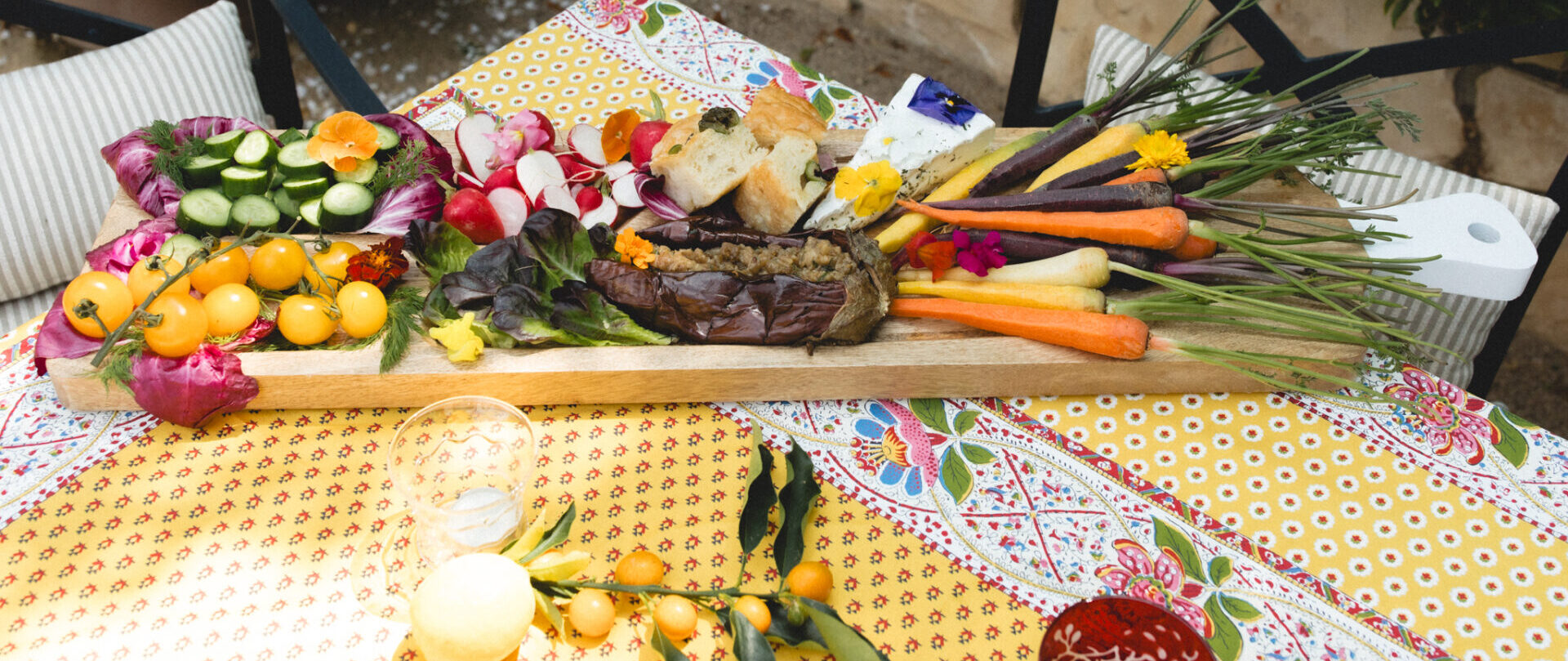In addition to simply moderating wine consumption this year, what else can we be mindful of when choosing a wine?
We already know that selecting a wine at a grocery store, or any store really, can be intimidating and discouraging. Adding in the extra layer of wanting to choose a ‘healthier’ wine is going to make the task seem even more daunting. So, we’re here to help!
Below are tips for selecting the best wine, and common items that can be found on a label, making your choices easier:
Note: The ‘best’ wine for you, might not be the ‘best’ wine for someone else. We encourage you to prioritize what matters most to you personally when choosing what to drink and not to drink.
- Look for a low-alcohol percentage i.e. that ABV % found on the bottle to indicate the percentage of alcohol by volume. While there is no legal definitive cut off, I generally look for an ABV of less than 12.5%. Generally, lower alcohol wines will have less sugar (pre-fermentation) as wine alcohol is directly related to the amount of sugar available during fermentation. A few key factors of sugar content in a grape to keep in mind: Climate and altitude. Grapes grown in moderate to cooler climates, or at higher altitudes, don’t ripen as quickly as in a warm climate resulting in lower sugar levels. In short, the sugar levels in the grape at the time of harvest are usually the best indicator of a wine’s potential strength; the higher the sugar levels in the grape at the time of harvest, the higher the potential alcohol level.
Some of my favorites lower-alcohol wines: Vinho Verde, Gavi, Soave, Chablis, Grüner Veltliner, Albariño, Muscadet, Pinot Grigio (from N. Italy), Riesling, Pinot Noir, French Gamay (Beaujolais), Valpolicella, and Mencía.
To note: This is not the case for all low alcohol wines. Alcohol content can be manipulated during the winemaking process, either naturally or manually by stopping before all the sugar is consumed, leaving leftover (residual) sugar and causing the wine to be sweet. This is purposeful! Examples: Moscato, Port, Sauternes, certain styles of Riesling, late harvest wines, etc.
- Look for Organic, Biodynamic, or Sustainability seals. You’ll often find these on the back of a wine label near the barcode or underneath the information on where the wine was bottled and produced. Common seals you may find:
Organic: CCOF, Regenerative Organic, USDA Organic
Biodynamic: Demeter or Byodivin seals
Sustainable: SIP Certified, Certified California Sustainable, Lodi Rules
It is important to mention that certified seals are not an end to a rule. There are many smaller wineries and producers that have been farming responsibly for years, but can’t support the funds needed to have their vineyards officially certified (common in Europe). We live in a society where we are constantly attached to our phones, so to put it to good use, I recommend doing a quick search on the wine itself. If the winery does not have their farming or vinification stats listed, I’d be questioning what is in the bottle.
- Consider what health benefits mean the most to you and your body. For example, red wine drinkers may enjoy boosted levels of the good kind of cholesterol (HDL) or help reduce the risk of heart disease, while white wine drinkers may enjoy better blood sugar controls. Overall, red wine does have a slight edge over white wine because it has higher amounts of some vitamins and minerals (from the skins), but white wines are generally fewer in calories and alcohol content. Take your pick! Either way, it appears to us that you can’t go wrong with one or the other.
However you choose to consume this year, we’re all for maintaining a ‘health-conscious’ mindset to help us approach wine consumption in a more sustainable and mindful way.
P.s. The most important thing to consider when choosing what wine to drink this year? Have some fun with it! Club Argaux Seasonal Deliveries are a great way to discover lesser known wines from around the world.





